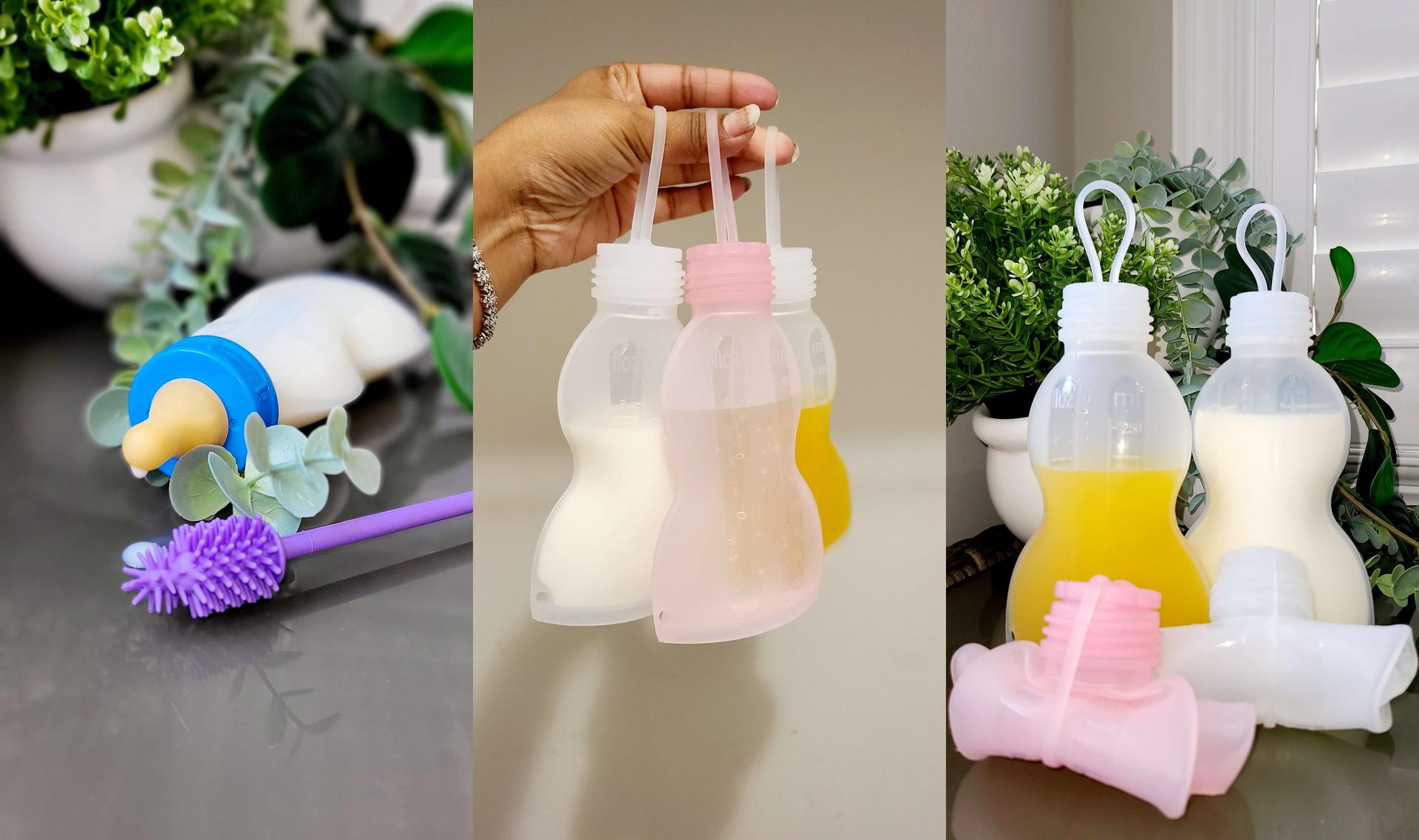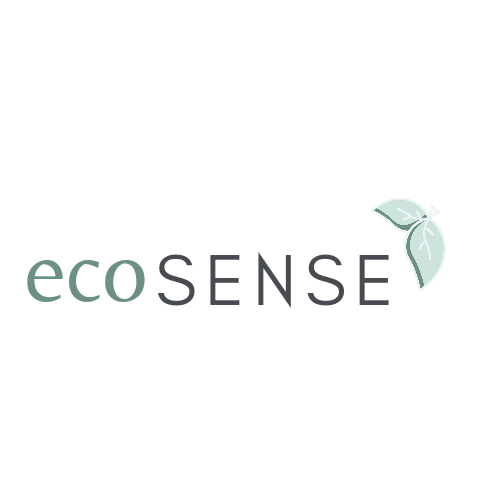
Are you a new or expecting mom, wondering what the best way to store your milk is? Storing breastmilk correctly can be quite tricky! In this article, we'll look at tips to help you get the most out of your breastmilk storage bags vs bottles. Read on to learn more about the best ways to keep your baby's milk fresh and safe!
Best practices for breastmilk storage
There are a few things to keep in mind when storing breastmilk:
- Store your milk in clean, sterilized containers. Bacteria can grow quickly in milk, so it's important to store it in a clean environment.
- Breastmilk can be stored in the fridge for up to 5 days or in the freezer for up to 6 months.
- Defrost in the refrigerator overnight or in a bowl of warm water.
- Do not microwave breastmilk, as this can destroy nutrients.
- Once thawed, do not refreeze the breastmilk.
- If you plan to use your stored breastmilk within 1-2 days, store it in the refrigerator instead of the freezer.
- Make sure to label all containers with the date it was expressed so you can use the oldest milk first.
- Don't add more milk to a partially full bottle or bag – start with a new one instead.
- Remember to shake well before using, as milk fat can rise to the top during storage.
About breastmilk storage bags:
Breastmilk storage bags are becoming increasingly popular because they're leak-proof, easy to use, and space efficient. Plus, you can often find them pre-sterilized, which makes them even more convenient. But there are a few things you should know about breastmilk storage bags before you start using them:
- Make sure the bag is made of BPA-free material. BPA is a chemical that can leach into breastmilk and potentially cause health problems for your baby.
- Be careful not to overfill the bag. Leave some room at the top so the milk can expand as it freezes.
- Lay the bag flat in the freezer to freeze quickly and evenly.
- If you're using a storage bag, close the zipper tightly.
- Don't thaw frozen milk by running hot water over the bag outside – this can cause bacteria to grow.
About breastmilk bottles:
Breastmilk bottles are designed for long-term storage. They are made from various materials, including glass, plastic, and stainless steel. They come in various sizes, from small 2-ounce bottles to large 8-ounce bottles. Breastmilk bottles typically have a screw-on lid that helps to keep the milk fresh and prevent spills.
When storing breastmilk in a bottle, it is important to use a clean bottle and lid. To sterilize the bottle and lid, boil them for 5 minutes or use a commercial sterilizing solution.
Pros and cons of using breastmilk storage bags vs bottles
There are many factors to consider when deciding whether to use breastmilk storage bags or bottles. Here are some pros and cons of each option:
Bags pros
Bags are typically cheaper than bottles.
Bags are easier to transport than bottles.
Bags take up less space than bottles.
Bags cons
Bags can leak more easily than bottles.
Some parents find it difficult to pour breastmilk from a bag.
Some bags are not as durable as bottles and may tear or become punctured.
Bottles pros
You can pump straight into some bottles.
Bottles make it easier to measure and transfer breastmilk accurately.
Babies can feed from bottles more easily than from bags.
Bottle cons
Bottles take up more space than bags.
Sometimes it's difficult to clean the hard-to-reach parts of the bottles.
Bottles can be more expensive than bags.
Breastmilk storage bags vs bottles – here's the best of both worlds!
If you're looking for an eco-friendly option to save money in the long run, ecoSENSE breastmilk storage bags are a great choice! These nifty little bags are dishwasher, microwave, and freezer safe. They seal with a screw cap and are easily foldable for compact storage. Because they are silicon-made, they are BPA/BPS free and reusable!
